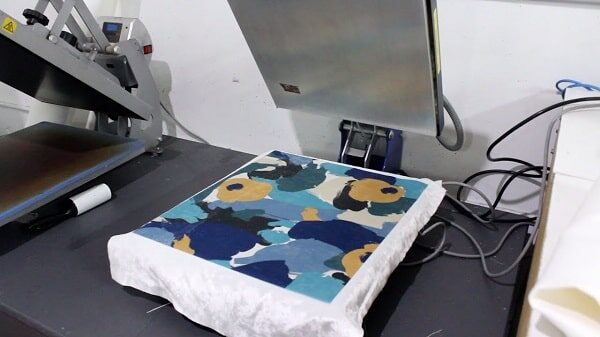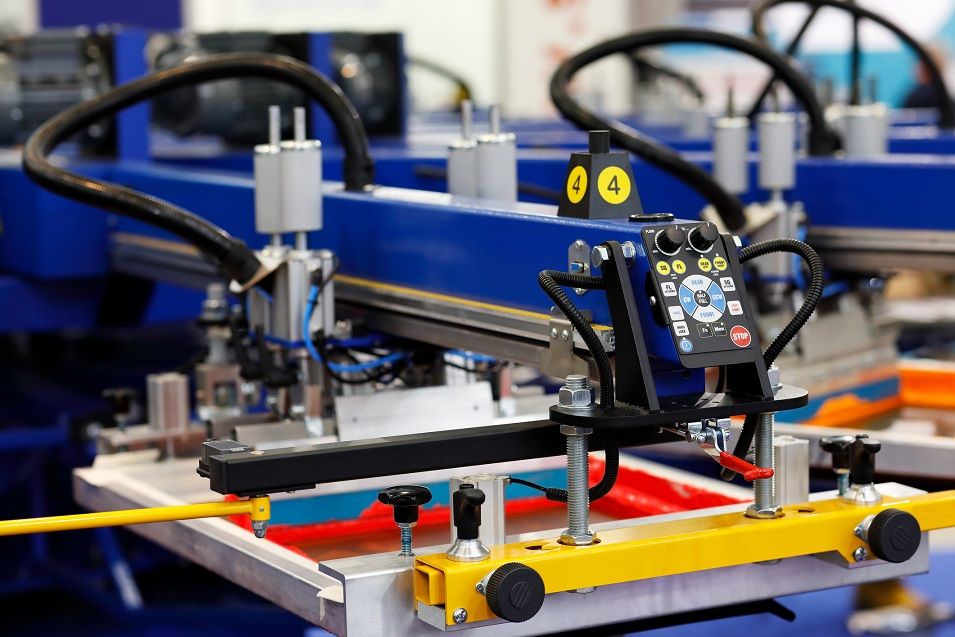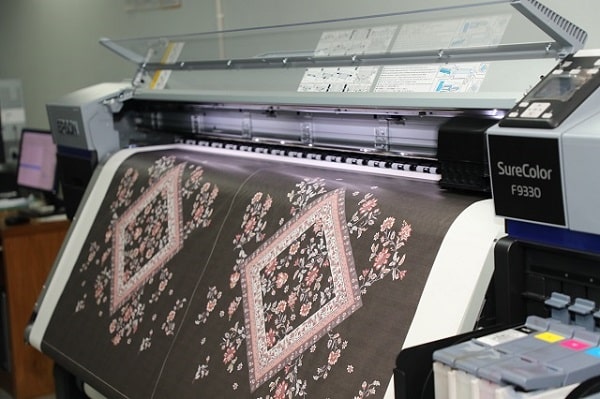The Real Cost of Sublimation Printing
by Karen Jones
When analyzing the cost of sublimation printing production of their products, many sublimation companies only consider the cost in ink, paper, substrate, and shipping. This approach negatively affects your business since general expenses and labor are not included in the equation, and this is precisely where the real cost of production lies.
As a result, they can set prices too low to maintain the business and reduce costs in what they believe is the bulk of production costs: ink, paper, media, and shipping. It is a common mistake that small businesses and newcomers usually make. Many times, they end up falling into a vicious circle trying to stay afloat.
The alternative is to apply a comprehensive vision when calculating the costs associated with managing a sublimation business and setting prices that cover all production costs to obtain a real benefit on all products.
What Is Your Cost of Sublimation Printing?

Whether your business is domestic or you have your own shop, the cost formula is always the same: divide all the operating expenses of a specific period of time by the number of units produced during that period. Operating costs -also called general expenses- include ALL anticipated costs: rent, electricity, insurance, telephone, website, email, advertising, marketing material, quotas of professional associations, depreciation of fixed assets (printers, thermal presses), computers), accounting costs, etc. It should also include spending on ink, substrates, paper, software, and artwork.
And, then, there are the labor costs. Even if you work alone, you have to pay for yourself. Your time and your experience have value, so it is important to establish an efficient sublimation production system. The time spent on anything other than the production of sublimated products for sale is a missed opportunity to generate more revenue. Remember that people pay for your products.

How are general expenses calculated? Start by projecting all the expected expenses for the year, including the salary you expect to collect. Next, decide how many weeks you want to work each year (usually 48). Finally, divide the expected amount of the annual general expenses by the number of weeks. This will give you the approximate weekly expense, which you should strive to cover. Next, divide this weekly expense by 40 hours to calculate the hourly overhead of your business.
In this example, suppose your cost per hour turns out to be $ 30. If you could print and press 30 products per hour, the production of each would cost $ 1, regardless of the cost of ink, paper, substrates, or shipping. If you could only produce two units per hour, the cost per unit would be $ 15.
This example may seem very basic, but it illustrates how important efficiency is in making a profit. The more you print, the lower your costs (taking into account all your expenses). Small or new companies often limit themselves to looking at the margin of profit of a single product based on tangible costs but do not elaborate a general business strategy with a global vision of all the costs associated with the management of the business.
The Cuts Are Not the Solution

When companies have difficulty taking off or realize they do not have enough income, the first instinct is to cut costs. Although lean production is a good business practice, you should insist that your customers choose their cuts carefully not to lose product quality and ensure that they achieve the desired impact on their results.
Many people complain that sublimation inks are expensive or claim that generic inks are a good choice. Surely you have also heard these comments. When you have an expense of hundreds of dollars, it is tempting to think about cutting costs in this way. But the reality is that reducing ink spending has a negligible impact on profit margins, and, on the other hand, your customers risk losing much more than they could have spent on high-quality inks and printers.
For example, if you had a T-shirt order that needed printing with full bleed at 8.5 “x 11” and used an SG800 with cartridges of expanded capacity, the cost of ink per shirt would be $ 0.44. If you reduced ink costs to 50%, you would save $ 0.22 per shirt on production costs, an insignificant amount if we consider that the actual cost of production is $ 0.50 per minute. Even if we only take into account the cost of the substrate ($ 2.50), the ink ($ 0.40), the paper ($ 0.20), and the shipping ($ 0.12), the costs would only go from $ 3.22 to $ 3, 02.
On the other hand, it could generate more units per hour at a lower cost per unit if it were to improve its efficiency. When you spend time filling ink cartridges(which can be a dirty job), doing nozzle checks and head cleaning (because lines and stains begin to appear on the printout), and fixing clogged or broken printheads (which affect the printer, so you should spend more on a substitute) instead of printing, those $ 0.22 saved in ink can end up costing you much more.
All this does not even consider the time, the paper, the substrates, and the ink that should be wasted until it reaches the correct color. Generic inks do not include color software designed to work with the printer and ink, an essential factor for obtaining high-quality prints that can be sold for a higher price. Many companies do not offer technical attention or offer limited attention, so it will be up to you to make the necessary adjustments. You will end up wasting more material. Sawgrass offers all of these vital products and services to its customers to ensure they drive the success of their business with every print.
Save Efficiently
How can we improve efficiency? Determine how much time corresponds to actual production and how much time to inactivity. When the thermal press is open, when you fill the cartridges and understand why your prints do not look the way you want, you are not making money. Look for ways to cut downtime to maximize thermal printing and pressing cycles.
If you use an old printer, you can consider changing to a new model. Technological advances have brought faster speeds and lower ink consumption. For example, the SG800 can print almost twice as fast as the Ricoh 7100, which increases the number of images per hour and reduces the cost per image.
There are many possible points of view, but, in reality, material costs can be immaterial to the business as a whole. The cost of the material (not the cost of the blank product) is only a percentage of all the operating costs that you must consider in your production calculations. Next month, we will talk about setting prices to guarantee a profit, based on the evaluation of real costs.
 |  |  |  |

About Karen Jones
Karen Jones has always been a writer at heart. As a freelance writer and social media marketing consultant for the last decade, she's honed her skills in crafting catchy and interesting articles that reel in readers. She also enjoys traveling, which is where she gets most of her ideas for her writing. In fact, if you can't find Karen around her friends and family, it's likely because she's holed up in her home office working on refining her writing composition and printing press!
Thoughts on "The Real Cost of Sublimation Printing"
 |  |  |  |
Get some FREE Gifts. Or latest free printing books here.
Disable Ad block to reveal all the secret. Once done, hit a button below
 |  |  |  |